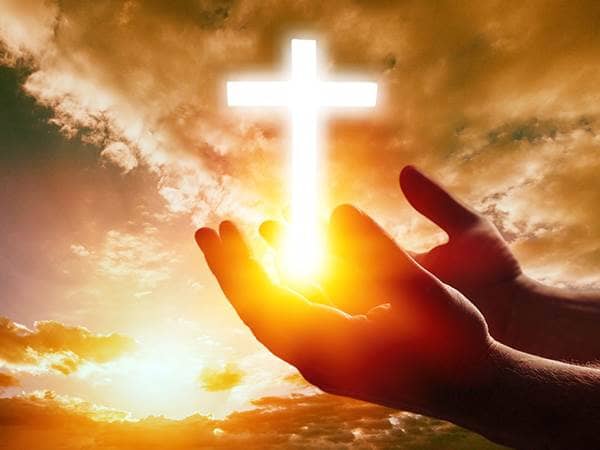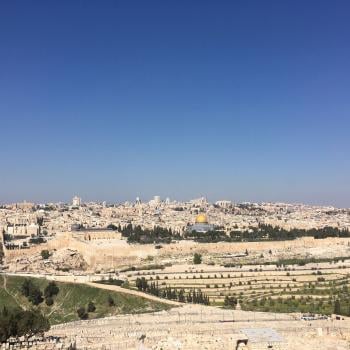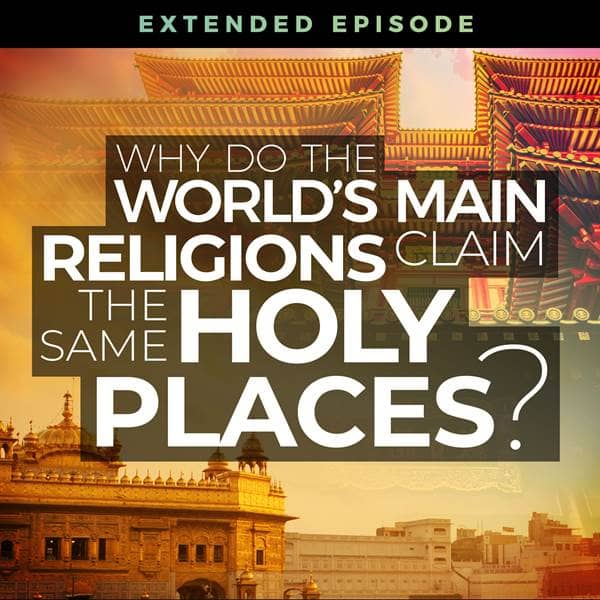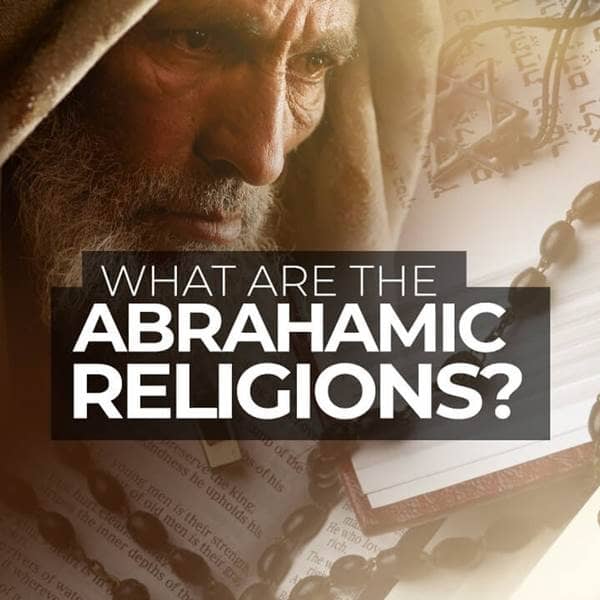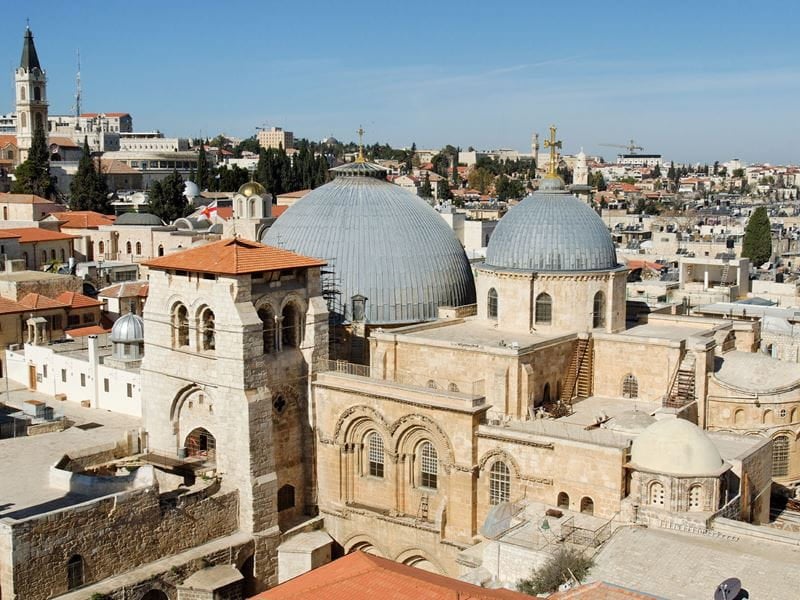
- Trending:
- Pope Leo Xiv
- |
- Israel
- |
- Trump
- |
- Social Justice
- |
- Peace
- |
- Love
The 100 Most Holy Places On Earth
Church of the Holy Sepulchre


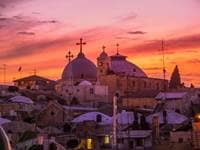
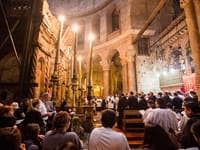
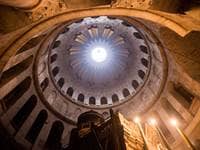
Associated Faiths:
With various portions of the church controlled by different denominations—i.e., Roman Catholic, Greek Orthodox and Armenian Apostolic and, to a lesser degree, the Coptic, Syriac, and Ethiopian Orthodox Churches.
Accessibility:
Open to visitors. Modest clothing required.
Annual visitors: 4,000,000
History
This basilica was commissioned in AD 326, immediately following the First Council at Nicaea, and by the first Christian emperor of the Roman Empire—Constantine the Great. And yet, due to a number of devastating events, the bulk of the building dates to the early 19th century. For example, in AD 614, the church was destroyed by fire as a result of an invasion conducted by the Sassanid Empire. It was rebuilt in AD 630 but was seriously damaged by an earthquake in AD 746. At the beginning of the 9th century another earthquake damaged part of the building, which was repaired in AD 810. Just over 30 years later (AD 841) the church caught on fire again. A third fire damaged the interior in AD 938; and a fourth one in AD 966—which destroyed the doors and part of the roof. In AD 1009, the Shite calif, al-Ḥākim bi-Amr Allāh, ordered the destruction of the Church of the Holy Sepulcher (as part of a campaign to destroy all Christian places of worship and pilgrimage anywhere Egypt and Palestine). The damage was significant and affected most of the church—including the cut-rock tomb (housed by the church) which many Christians believe was the actual tomb of Jesus. The church has had numerous restoration projects to repair or restore it. Thus, much of the building dates from the time of the First Crusade (AD 1099-1244) through the late 19th century (circa AD 1868).
The Church of the Holy Sepulcher is unique among Christian churches. It not only houses some of the most sacred sites (for those who believe in the divinity of Jesus), but it is also shared by six different denominations of Christianity—Greek Orthodox, Armenian Apostolic, Roman Catholic, Coptic, Ethiopian, and Syriac Orthodox Churches. Thus, unlike any other Christian church on the face of the planet, the Holy Sepulcher Church is a shared space, contentiously and yet collectively shared by believers from various faith groups. The church actually serves as the seat of the Greek Orthodox patriarchate of Jerusalem, which explains (in part) why the Greek Orthodox Church enjoys the most privileges in the Church of the Holy Sepulcher.
The famed, Via Dolorosa (or “Way of Suffering”)—which represents the path that Jesus would have taken on His way to His crucifixion—includes fourteen “stations of the cross.” Five of those fourteen stations actually pass through the Holy Sepulcher Church: (#11) Jesus is stripped of His garments, (#12) Jesus is nailed to the cross, (#13) Jesus dies on the cross, (#14) Jesus’ body is taken down from the cross and placed in the arms of His mother, and (#15) Jesus’ body is placed in His sepulcher. Thus, the last few stages Christianity’s most holy pilgrimage route find their home in this sacred site.
Another way in which this church building is historically unique has to do with its security. Though six different Christian denominations share this church (with varying degrees of authority and power), none of the faiths who worship therein hold the keys to the building. Rather, since the late 12th century, the keys to the church have been held by a Muslim family (assigned by Saladin to be the custodians of the keys). To this day, each morning this non-Christian family unlocks the building and each evening locks it again.
Religious Significance
Few places on the face of the planet are more sacred to Christians than the Church of the Holy Sepulcher. Almost no other Christian “site” was established as “authentic” earlier than this one. And, while followers of Jesus are understandably drawn to Bethlehem, Galilee, or the Temple Mount, the Holy Sepulcher Church houses sacred sites that are even more important for the Christian Church than these other popular tourist destinations.
As you enter the church, one of the first relics to confront you is the “Stone of Unction” (or “Stone of Anointing”). Tradition states that this rectangular tone marks the spot on which Jesus’ deceased body was placed while being prepared for burial by Joseph of Arimathea. Though the stone slab that is currently housed in the Church of the Holy Sepulcher is a replica, dating from approximately 1810, nevertheless, the spot is held to be original, even though the current stone is not.
On the second story of the church is the location many believe to be the top of Golgotha’s hill, on which Christ’s cross was erected (upon which He was crucified). Running down the side of the large stone rock is what appears to be blood, which many believe is the very blood of Christ, shed on Calvary’s cross. A small hole under a Greek Orthodox altar enables the pilgrim to reach in and touch the top of the sacred rock. Pilgrims wait in a line each day to kneel down, touch the rock, venerate an icon, and feel the sacred sense that “this is the place” where history’s most holy event took place.
In a secluded room on the main floor is what many Christians venerate as a piece of the original cross of Christ. This piece of Christ’s “torcher stake” (on which He was affixed) was discovered (sometime in the 4th century) by Empress Helena, mother of Constantine the Great. While not always available for viewing, when those in charge of the room are willing, pilgrims can enter the locked room (at the base of the “Rock of Golgotha”) to see the small piece of the Jesus’ cross, framed and displayed with the reverence one would expect for such a holy relic. A sacred experience for those who are allowed to view it.
Christians have long debated whether the “Garden Tomb” or the burial chamber housed in The Church of the Holy Sepulcher is the actual tomb of Christ. Orthodox and Catholic Christians tend to believe the one in the Holy Sepulcher Church is the right location. Protestant Christians, on the other hand, have been more inclined to venerate the site of the “Garden Tomb” as the historical place of Christ’s burial. There are pros and cons for each site being (or not being) the “right place.” However, the reverence displayed for each stie by their respective pilgrims is equal, and equally important. Each site evokes a sense of awe and feeling of being on holy ground.
Of all spots Christians could visit, the Church of the Holy Sepulcher houses the most sacred sites of the Christian tradition. As important as Jesus’ birth was, Christians throughout the world hold that it was His death and resurrection that brough salvation to the world. Thus, as pilgrims visit various shrines throughout the world and throughout the Holy Land, none can compare to the events that took place on the site of this eclectic and crowded shrine. Sacred space, indeed.


